The first thing that comes to our minds, as soon as winter or fall arrives, is layering oneself with warm clothes. Anything that keeps us comfortable and warm in the colder seasons will automatically be the first preference as a nip fills the air. Woolen garments are a popular choice, apart from other varieties of tough and thick fabrics. But do we know our garments well? In modern times, consumers have become sensitive to what they are wearing. Now they care about where the apparel came from, and how has it been procured. And while Pashmina - the world-famous art form - generates the warmest apparel and wraps in the world, we compare it to other varieties like merino wool, angora and others.
What actually is wool?
Many are confused about the definitions of types of wool and animal hair. Let's discuss these in detail. Wool is the outer layer of a sheep’s body. And that is the only thing that wool is! Hair on the other hand is the outer layer of the bodies of a few animals like goats, rabbits, alpacas, and others. Hence when we say wool, we mean the outer coat of a sheep. Hair, contrarily, is of two types - guard hair and undercoat. While guard hair protects the outer skin of the animal, the undercoat keeps it warm and safe from cold. Undercoats are fine, high-priced, and luxurious to use after processing. Cashmere, for example, is an undercoat of the Changthangi goat, and don't we all know how expensive and extravagant it is?
The discovery of this warm fibre
Historians date wool back to around 6000 BC. Wool was used in clothing since then. Ancient Iranians, according to some, reared sheep. Hence, they acquired it from the animals. The wool was processed to make a few apparel, wraps, and accessories like socks and mufflers. Since then wool, as well as goat hair, has evolved and spread across the fashion industry in hundreds of varieties. Now we have the luxury of choosing which kind of wool we want to wear, how it should be crafted (sustainable vs fast fashion), and what requirements of ours should it meet. Not just apparel, woolen home furnishing is also popular, as woolen curtains, beddings, rugs, and chair covers too are freely available.
Why do we prefer sheep fleece the most?
Women and men alike give wool their first preference for a number of reasons. Here are some of the reasons that make it the first winter thought:
- It is a durable fabric. Wool is water repellent too, which makes it absorb up to a third of its own weight in moisture without feeling wet
- It is a good insulator because of this moisture-absorbing property.
- It takes dyes easily. Wool, as well as its nearest counterpart animal hair, both accept colour well
- The modern world demands recycling products for the betterment of the environment. And thankfully wool and hair, are both recyclable.
Types of wool
Wool is classified into a number of varieties. These types of wool are based on softness, luxury factor, and warmth. And since wool is different from hair, clothing made from it is different from clothing made from animal hair
Here are the varieties.
Lambswool
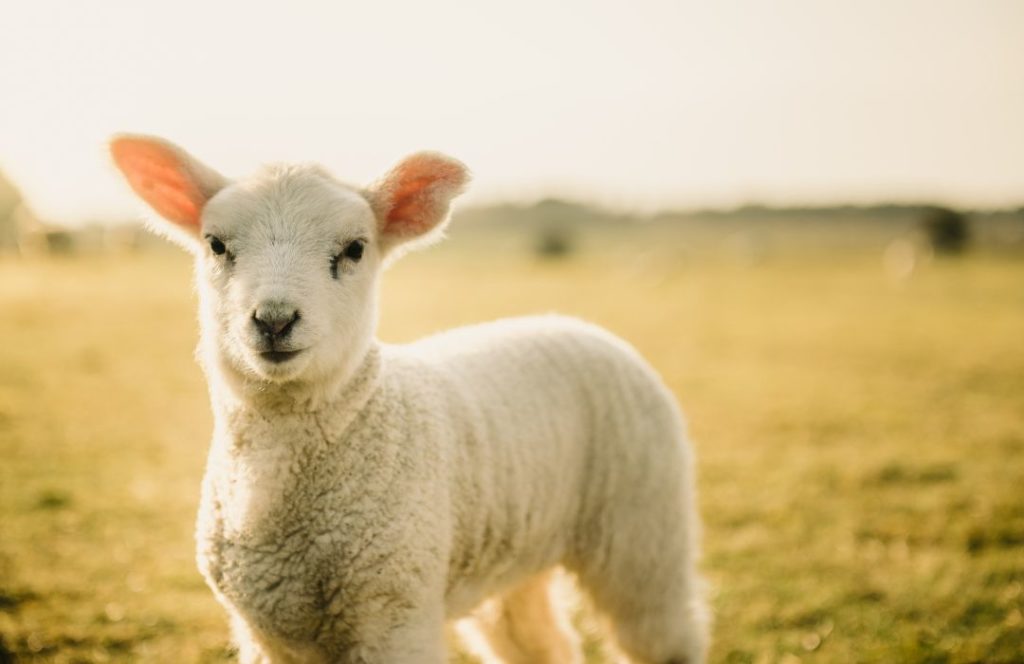
It is the very first shearing session of sheep which produces the softest wool for the season. Lambs younger than seven months produce the best quality wool. Depending upon their health and breed type, sheep can produce as much as thirteen kg of wool. Whilst clothing uses a major portion of this, wool from certain sheep is strong enough to process into carpets and rugs. The softer version goes into apparel or fine wraps.
Merino Wool
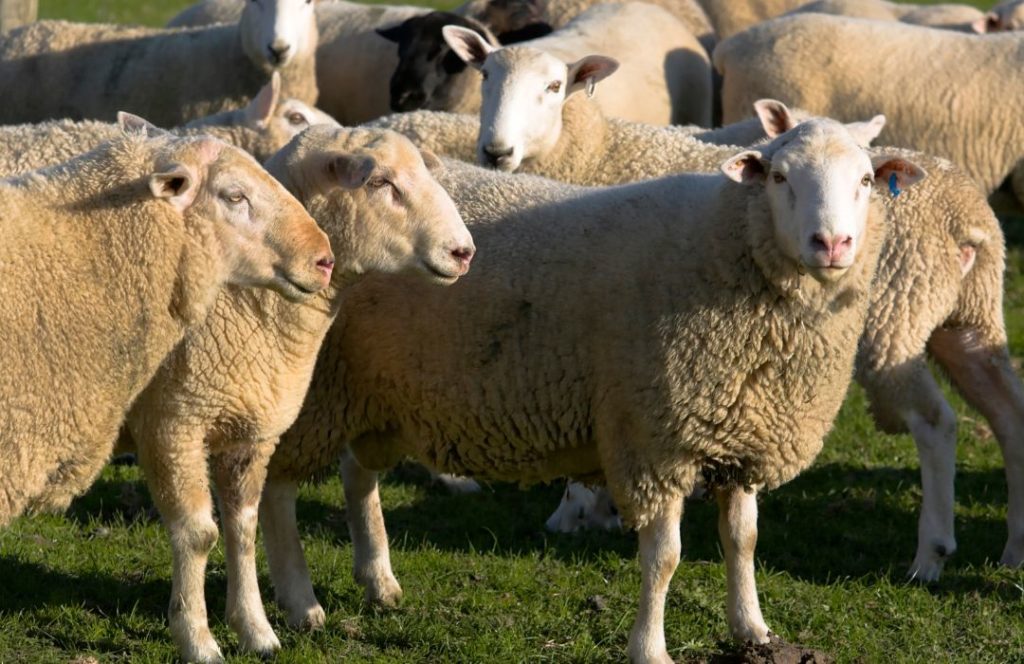
The finest and the most squishy soft wool comes from Merino sheep and is hence called Merino wool. Merino wool is the most used in clothing. A few varieties of Merino wool are transformed into luxury clothing as its micron count is around 20. Apparel and wraps made from merino wool have a fine drape and a gorgeous appearance.
Mohair
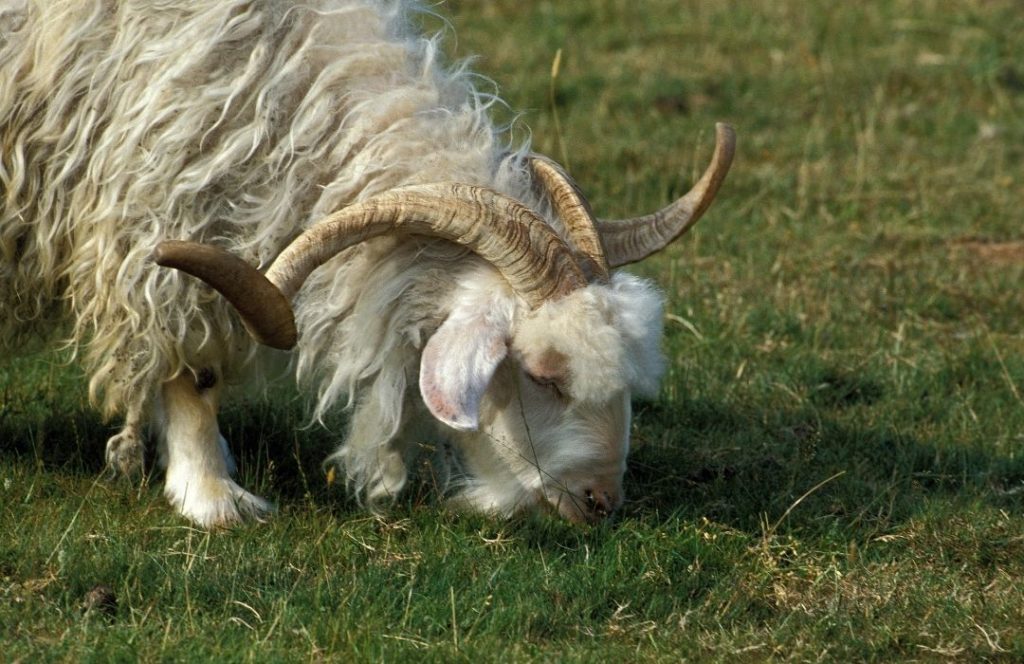
It is the exotic Angora goat that produces mohair. Mohair fibre has a good length. Long fibre induces a smooth touch, and hence garments made from Angora feel exceptionally soft and silky smooth. Mohair wool is best for making luxury dresses, baby clothing, fine sweaters, and scarves.
Angora
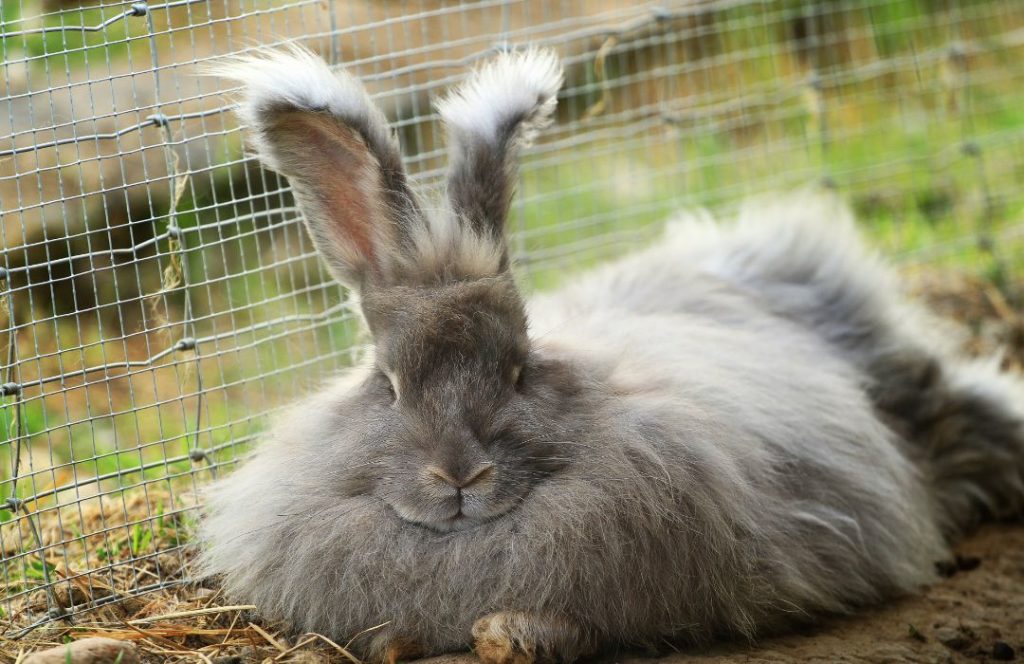
The Angora rabbit produces angora. The fibre is immensely fine and soft, as it measures only 10-15 microns. Angora rabbits get a continuous combing, and by the end of the year, the total amount of hair weighs just 400 grams!
Qiviut
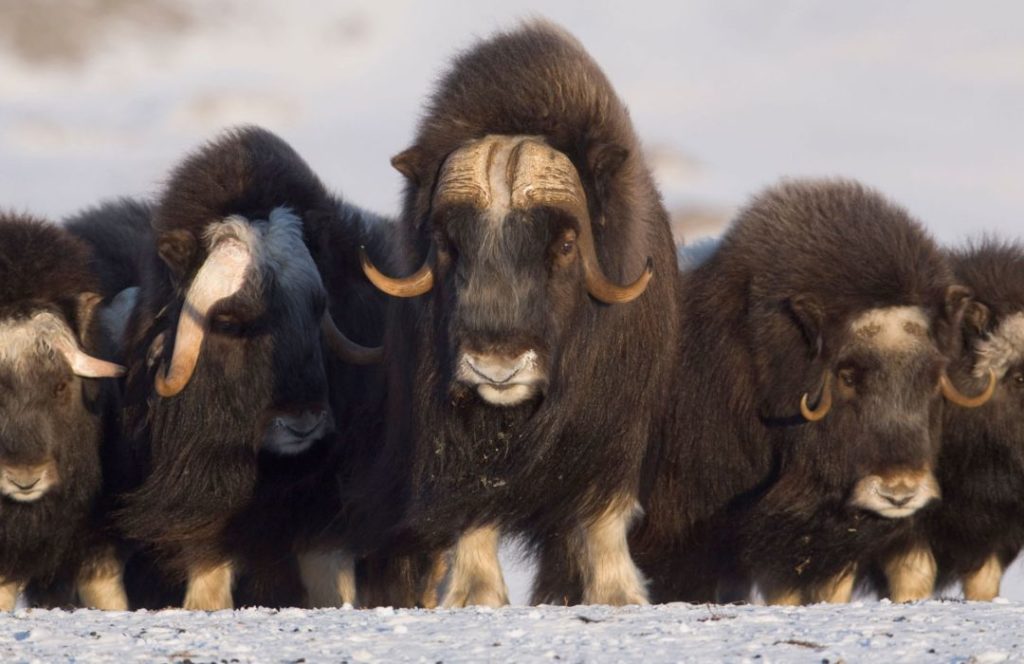
Native to the arctic, it is the large muskox that produces Qiviut. Qiviut is more expensive than sheep wool, and much softer too. It is 8 times warmer than sheep wool and does not shrink like ordinary wool does when in contact with water. The muskoxen shed their warm coat during their melting season. The herders have to comb their bodies for the wool. Some portion finds place around the surroundings. That is handpicked later.
Pashmina
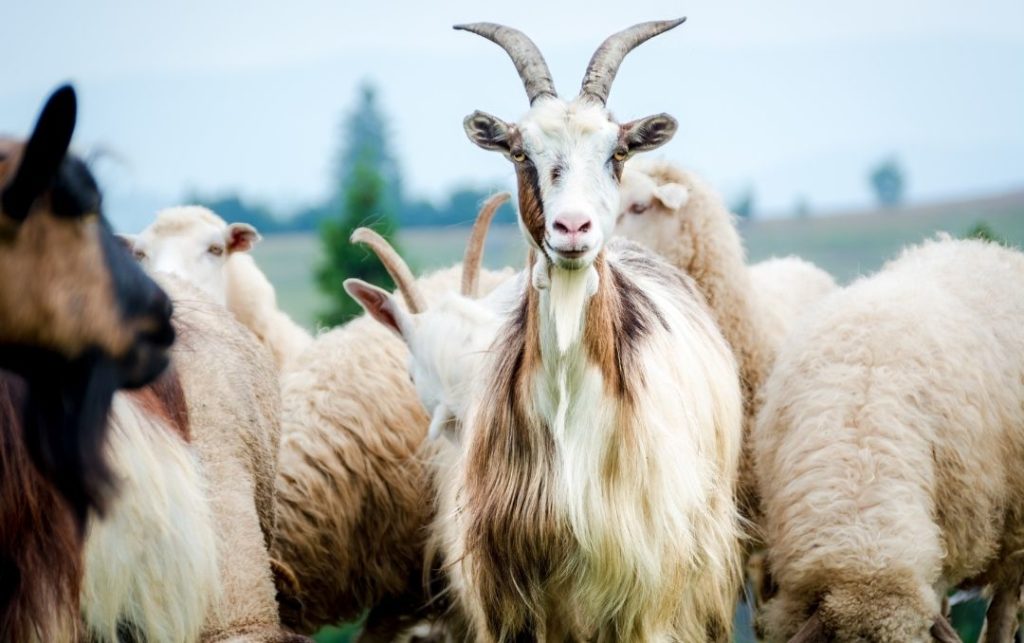
Pashmina is the art of transforming Cashmere into luxury apparel and accessories, especially shawls, which are called Pashmina shawls. Cashmere comes from the down coat of the Changthangi goat of Ladakh, which is processed to craft clothing and accessories. World famous for its soft touch, smooth texture, delicate finesse, and unparalleled warmth, Cashmere wool fibre measures just 12-16 microns.
Acquisition of Cashmere is labour intensive and it takes more than a week to fully acquire wool from the goat’s body by combing it. On top of that, one goat produces just 150 grams of Cashmere wool a year, and to craft one large-size Pashmina shawl for women out of Cashmere wool, it takes around 3-4 goats’ wool. This is the reason Pashmina shawls are expensive and exclusive. Pashmina wraps are more delicate as compared to sheep wool, but are around 8 times warmer than the same. But at the same time, Pashmina shawls are the most luxurious wraps and have a history of getting ancient royalty spellbound.
Also read: WHICH IS BETTER FLEECE OR CASHMERE?
Vicuna
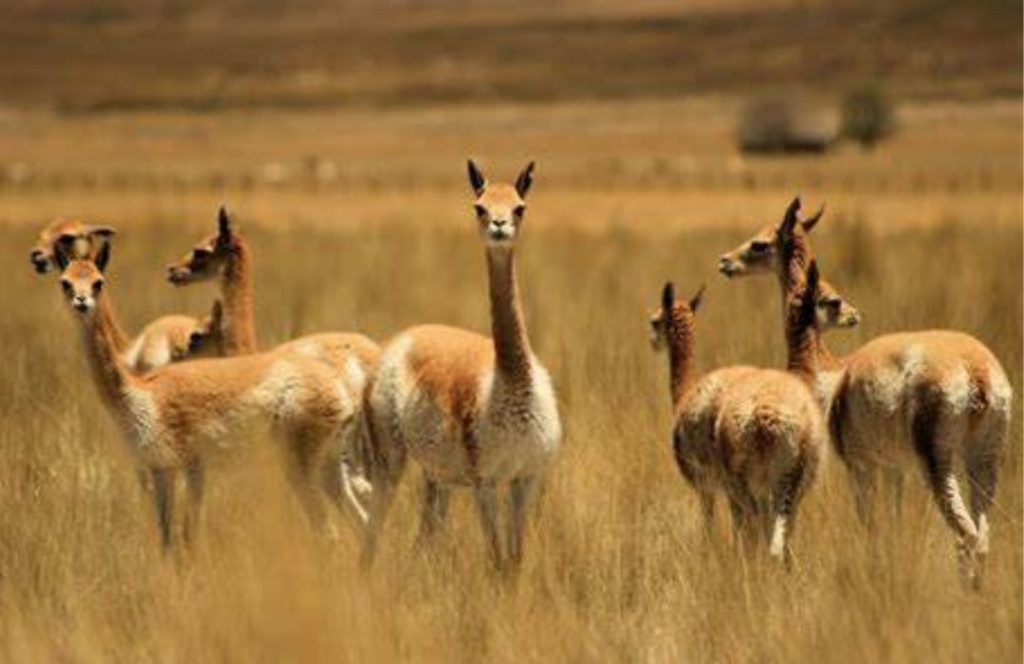
Do you know what Vicuna is? Vicuna is a South American mammal, which produces the world’s rarest and most luxurious wool. It is even finer and warmer than Cashmere. The fibre is exceptionally delicate and fine. Artisans do not often dye it. Hence it is often in natural colours. At times, damage might occur after dye. Unfortunately, the number of these South American mammals is fast decreasing, and therefore, as a precautionary measure, their shearing too is done within limits.
How warm is Pashmina?
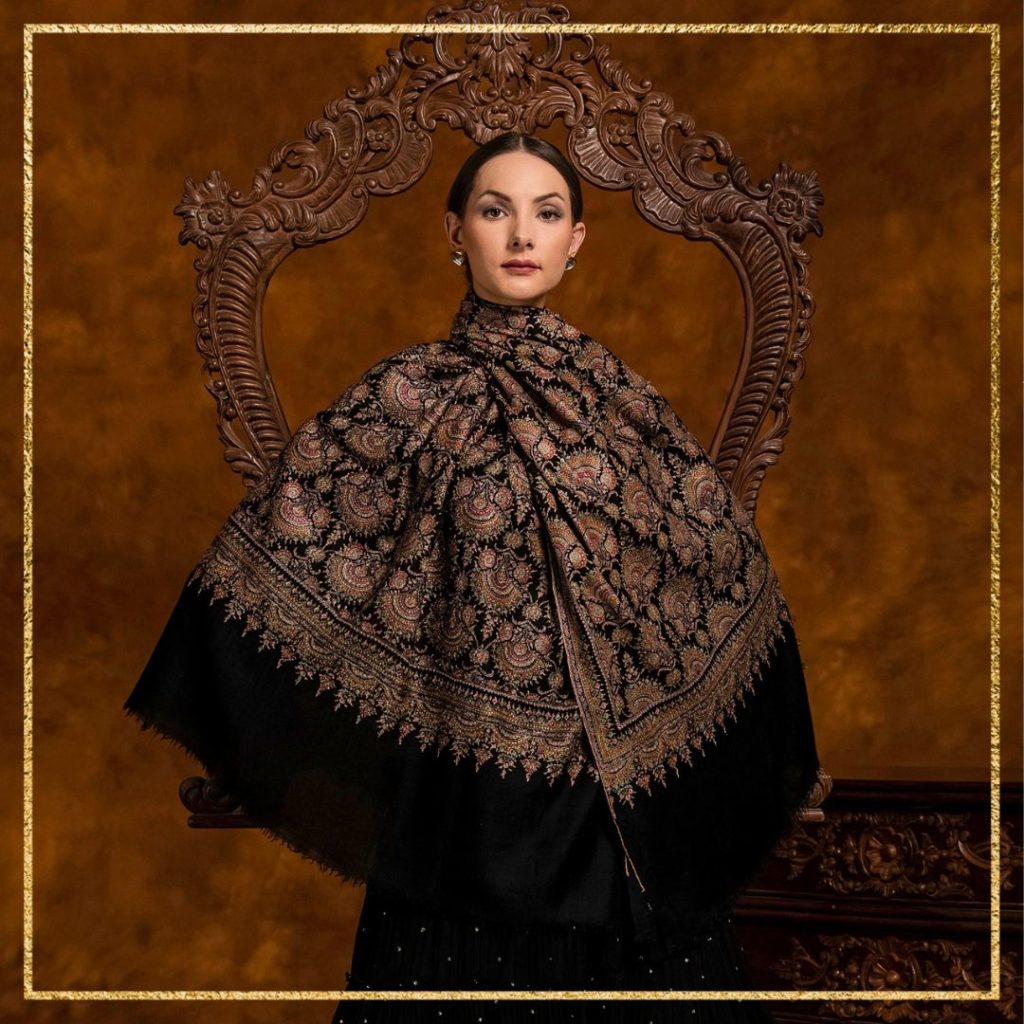
Pashmina shawls and apparel are 8 times warmer than sheep wool or merino. For the same reason, these are premium and hence sold at expensive rates. Not only is Cashmere warm and expensive, but it is also exceptionally graceful to look at, and lightweight and comfortable to carry. On the contrary, merino wraps won't look so beautiful and might feel thick and heavy at times.
When it comes to softness, Pashmina shawls aren't just warm and cozy, but immensely softer than other types of wool. And even though a number of traders dip cheap shawls in fabric softeners to make them look like Pashmina shawls, the authentic pieces still remain unparalleled.
Although Pashmina wraps and apparel are exceptionally warm, they fail at durability when compared to sheep wool. The latter is sturdy, but Pashmina is delicate and fine. Cashmere shawls suffer wear and tear when used regularly. Nevertheless, this never decreases a tad in the enormous demand it has all over the world, and women love it exactly like they did centuries ago.
Also read: FINEST CASHMERE IN THE HANDS OF ARTISANS